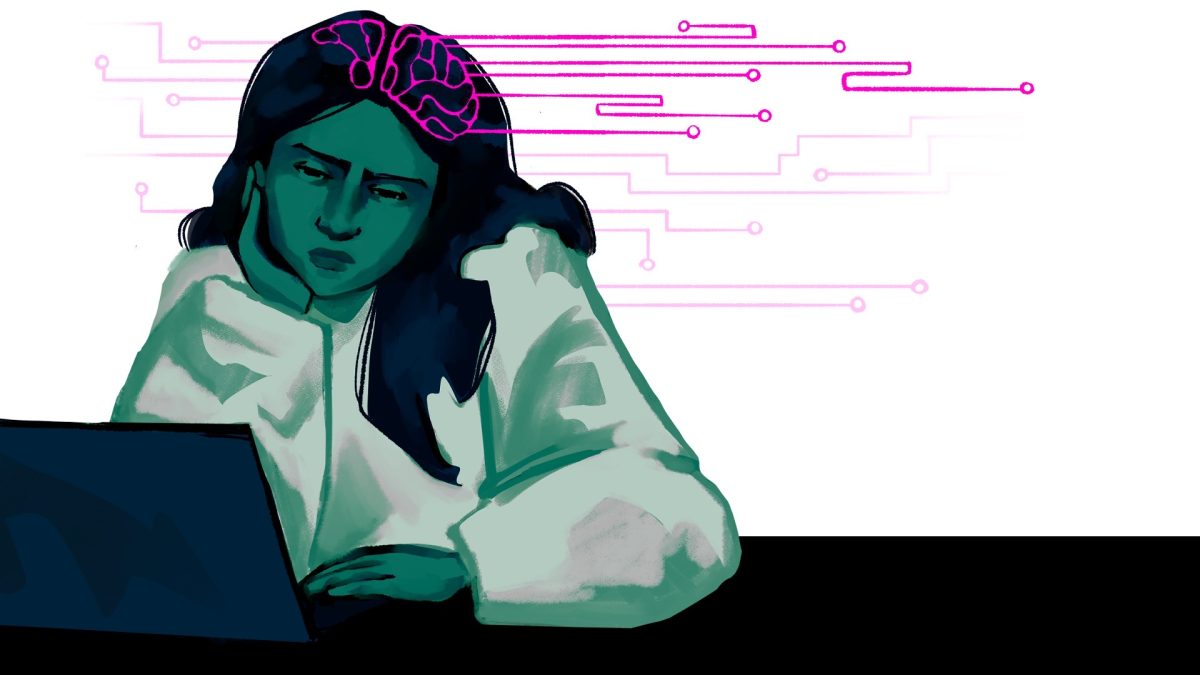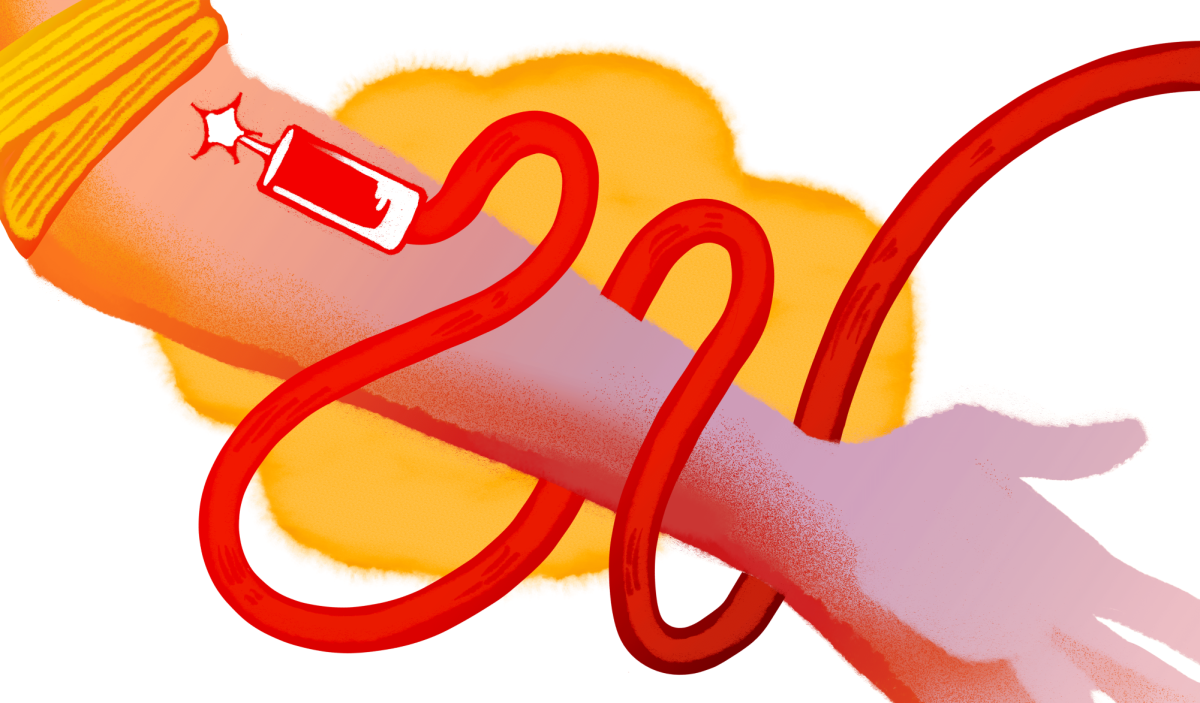Editor’s note: This is an opinion piece and does not represent the opinion of Beaver’s Digest. This op-ed reflects the personal opinions of the writer.
The social-media driven explosion of gym culture and the online fitness industry in recent years has added a new social pressure for young men.
A bodycentric hierarchy is asserting itself with unprecedented forcefulness, represented by concepts like “physique inflation,” which expresses how young men feel pressure to chase the ever-mounting beauty standards set by other men and stoked by social media algorithms. Bodies which were once fit to be underwear cover models are now considered “mid.”
There has been a noteworthy rise in reports of body dysmorphia among young men in recent years, characterized by an enduring and sometimes obsessive dissatisfaction with the appearance of one’s body that is associated with image-based social media consumption for both men and women.
Physique inflation, above all, is an increased visibility of outliers, due in large part to social media algorithms’ promotion of extremes. But in a culture that venerates nothing so much as personal exceptionalism, to be significantly above average is still to be inadequate.
Due to the growing awareness of their usage by fitness influencers, actors and recreational gym goers alike, performance enhancing drugs have been rapidly normalized, particularly for young people who consume a lot of fitness-related content.
When I started lifting weights, it was still the “fake natty” era, where fitness influencers with chemically enhanced bodies insisted they were all-natural, while selling their fans supplements and online coaching programs. Yes, they were grifting, but PEDs were also much more taboo just a few years ago. Since then, as the online fitness industry has expanded, more influencers are open about using PEDs, while still hiding the negative side effects in most cases.
With this growing awareness of the power and availability of PEDs has come temptation. While there is a wide range of PEDs with different uses and effects (think: Tour de France), gym goers usually opt for anabolic-androgenic steroids, which alter male sex hormones with the aim of increasing muscle size and strength, and reducing body fat.
In recent years, a different class of drugs, Selective Androgen Receptor Modulatorss, has grown in popularity, especially because they can be ordered legally online as research chemicals. Despite being labeled unfit for human consumption, many young people opt for SARMs because of their low barrier to access and, due to their novelty, limited body of research detailing their health consequences.
An Australian government survey found that PED use almost tripled between 2001 and 2019, and there is evidence to suggest that these trends have accelerated globally since the COVID-19 pandemic, particularly among young adults with limited training experience.
The prevalence of PEDs at gyms may stoke temptation among impressionable young lifters, especially those who are motivated by comparison or social pressure. Many who partake in PEDs report experiencing body dysmorphia, which can often develop or worsen as a result of PED consumption.
Because PEDs work by altering hormones, they affect all systems of the body. While they obviously enhance muscle growth, they also come with many undesirable side effects, such as severe and often permanent organ damage, hitting the cardiovascular system, liver and reproductive organs particularly hard. This damage can cause premature death, the likelihood of which is often dependent on genetic factors and the body’s tolerance of PEDs.
While some negative effects may take time to become apparent, acute effects include hair loss, changes in skin texture and acne. Because anabolic-androgenic steroids artificially augment sex hormones like testosterone so significantly, the testicles cease to function properly. This results in testicular atrophy and increased cancer risk, as well as the long-term suppression of natural testosterone production and threats to fertility.
This dysregulation of hormones can also cause excess presence of estrogen, which, while essential for natural male health, in high quantities can cause undesirable results such as breast tissue growth. This condition, called gynecomastia, can be devastating for men’s self-esteem, especially for those with body dysmorphia.
To combat these negative effects, many PED users will consume additional hormonally active drugs, which have their own side effects.
Androgens are highly active in the brain, and the hormonal chaos wrought by PEDs frequently causes psychological symptoms such as paranoia and anxiety, aggression, depression, mania, insomnia and psychosis to name a few.
Traditionally, bodybuilders have an on-season where they take high doses of PEDs to prepare for competition, and an off-season where they lay off the drugs to allow their bodies to recover. But because social media influencing is an always-on job with algorithms that incentivize non-stop content, many influencers “blast and cruise,” meaning they take PEDs year-round to consistently maintain and improve their physiques.
Even though amateur gym-goers don’t have the same monetary incentives to chronically abuse PEDs, the augmented state of mind and body achieved from the usage of these hormonal drugs can make returning to normal very difficult.
Because the mind and body have grown used to extreme and artificial hormonal levels, a return to natural levels is a dramatic downward shift, especially because it may take months or even longer to reach baseline levels again. Additionally, men with body dysmorphia will be dismayed to see their muscle mass and body composition decline rapidly, along with their physical strength.
This is a unique form of withdrawal, and many people will return to abusing PEDs. Steroid addiction has been identified as a public health concern, with roughly 30% of anabolic-androgenic steroid users developing dependence despite negative life impacts.
Because of the growing normalization and availability of PEDs, more young men are choosing to abuse them, often with the goal of crafting their bodies to meet an intensifying male beauty standard propagated on social media. The negative mental and physical health effects of these drugs, the potential for dependence and the unhealthy underlying motivations for abuse make PED usage a serious and rapidly emerging public health crisis.
















